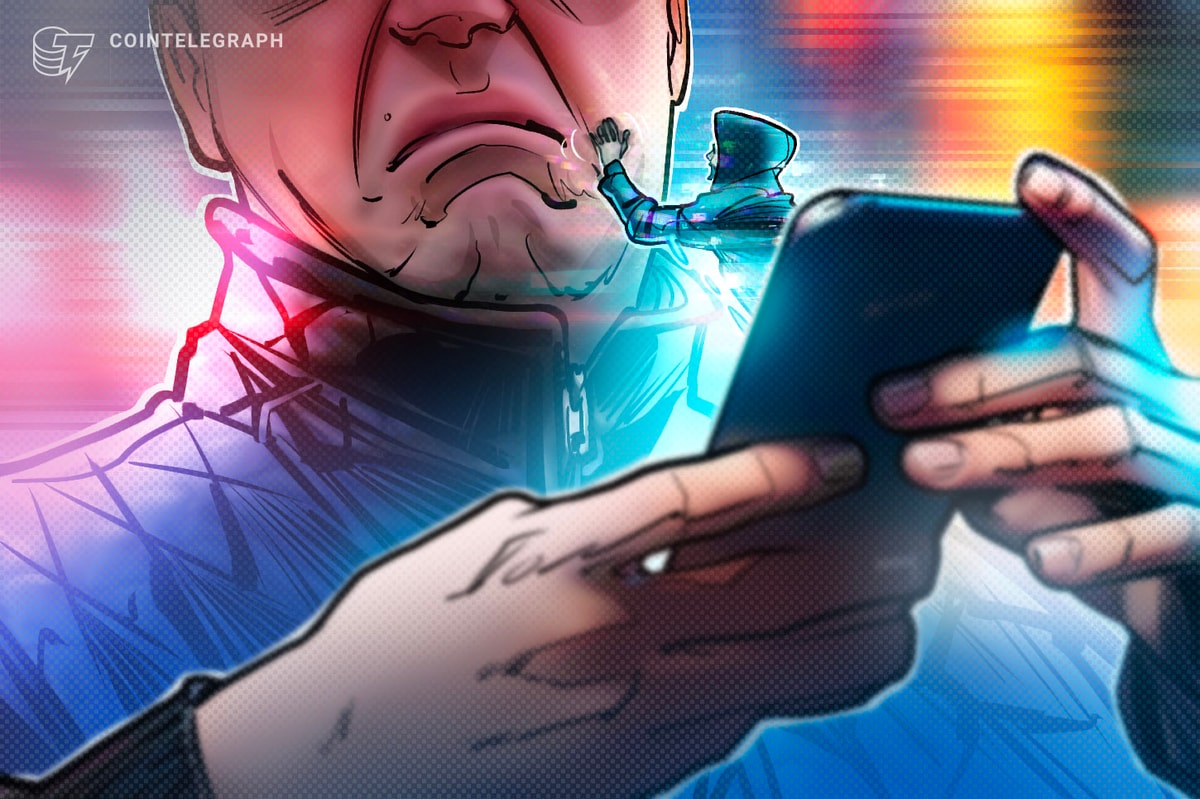
Today’s guest columnist is Miheer Walavalkar, co-founder and CEO of LiveLike.
As the global industries bundle up to survive the “crypto winter,” what must we be doing to set ourselves up for a vibrant crypto spring that leverages all we have learned since the market around non-fungible tokens and Web3 first heated up?
More from Sportico.com
NFTs were initially heralded for their ability to provide digital scarcity, but can we use them for more than that? Given the bleak news cycle lately for cryptocurrencies, the answer may be surprising: For those who figure out the right formula, the opportunities are endless.
Looking toward the next stage of Web3 and its place in our digital economy, maintaining a focus on interactivity and utility is vital—and sports fandom explains why. Currently, most digital collectibles in sports go to the highest bidder and do little to entice higher engagement rates or fan retention. But what if they were used as rewards for fans who genuinely engaged with the events, teams, athletes and sports brands?
We now have seen what didn’t work. Take, for example, the case of FTX, a crypto exchange that planned to purchase a jersey patch on MLB uniforms, then retreated because of the current market conditions. Top Shot, one of the original sources of excitement around digital collectibles, saw a 68% drop in sales year-over-year from April 2021 to 2022. Liverpool stepped into the NFT game with the LFC Heroes collection launch on Polygon. Despite the initial excitement of the launch, Liverpool sold only 5% of their token inventory, disappointing fans and investors.
A deeper dive into why these initiatives struggled sheds light on the importance of building better experiences to solve bigger problems. Teams and leagues that made an initial push into Web3 need not worry about missed goals or miscalculated expectations; instead, now is the time to focus on creating deeper experiences and communities.
There is ample evidence for the potential of digital communities in sports. Some forward-thinking organizations have embraced engagement, such as NASCAR, the Golden State Warriors and NCAA March Madness, to name a few. Core to our mission at LiveLike has been continually developing technology that empowers groups like these to bring interactivity and community to their fans, encouraging engaged customers who are rewarded for their loyalty.
The overall sports business, however, is missing an opportunity. They can learn a lot from industries like airlines, hotels and retail brands who have proven to be the best at building loyalty and capitalizing on community. Yet rather than embracing the opportunity to revolutionize fandom, sports organizations rarely go beyond season ticket sales to encourage loyalty.
What’s more, to date, sports properties have often ceded control of their fan communities to third-party platforms. Most communities are fan-built—from Facebook groups and subreddits to Discord servers. Web3 needs to be predicated on membership that’s an analog to airline miles and hotel points, but with a layer of owned transferability.
So what should sports brands do to capture the opportunities of Web3? Look at the Green Bay Packers or any club in the Bundesliga that has public ownership. While this is a very analogue concept, the overarching point is the same: a sense of ownership strengthens fandom. Web3 offers the ability to extend the fan experience well beyond what is standard and a chance for clubs to bring this concept to the digital space.
Companies like Socios do this exceptionally well and are partnering with the most forward-looking clubs, capitalizing on the opportunity in sports to engage directly with fans. Incorporating Web3 into a fan engagement strategy allows teams to cultivate loyalty on their platforms and provide incentives for fans to coalesce around their IP.
The industry needs to take back ownership of its communities, and Web3 allows for that to happen. Technology trends tend to circle back, offering lessons to those willing to look back and study them. Web2 platforms like Reddit and Facebook have provided ways for fans to build their communities and connections, whereas Web3 allows teams to take the conversation and the data out of the walled garden and back into the open domain where they can retain more control of their fandom.
Given the sports industry’s early lessons from Web3, we now know that fans crave more: Adding utility to tokens allows them to gain value beyond simply sitting in that fan’s digital wallet. Owning the token can be an identification of elite fandom that grants access to special experiences where only recognized hardcore team supporters congregate, for example. Or, a fan token may be a key to discounts for new merch, exclusive watch parties with players, or VIP opportunities in or out of the stadium.
Rather than just a digital badge that holds a certain amount of financial value if sold, digital collectibles with added utility can allow them to become personal access codes through which teams can engage their most passionate fans and reward them for their loyalty.
It’s time to prepare for the next phase of Web3, which isn’t going anywhere. But in doing so, it’s worth asking: What is more likely to be embraced by a sports fan—an opportunity to buy a “non-fungible token” or to be a part of a private fan club that grants access to exclusive deals and experiences?
It’s 100% a rhetorical question, and we all know the answer.
Walavalkar is the co-founder and CEO of LiveLike, a tech company that creates custom social experiences with leading industry partners, from Canal+, FloSports, FOX, Sky Group and WarnerMedia to the Golden State Warriors, LaLiga, NASCAR and the NBA.
Best of Sportico.com
Read More: sports.yahoo.com









 Bitcoin
Bitcoin  Ethereum
Ethereum  Tether
Tether  XRP
XRP  Solana
Solana  USDC
USDC  Dogecoin
Dogecoin  Cardano
Cardano  TRON
TRON  Lido Staked Ether
Lido Staked Ether  Wrapped Bitcoin
Wrapped Bitcoin  Toncoin
Toncoin  LEO Token
LEO Token  Chainlink
Chainlink  Stellar
Stellar  USDS
USDS  Wrapped stETH
Wrapped stETH  Sui
Sui  Avalanche
Avalanche  Shiba Inu
Shiba Inu  Hedera
Hedera  Litecoin
Litecoin  Polkadot
Polkadot  MANTRA
MANTRA  Bitcoin Cash
Bitcoin Cash  Bitget Token
Bitget Token  Ethena USDe
Ethena USDe  Binance Bridged USDT (BNB Smart Chain)
Binance Bridged USDT (BNB Smart Chain)  WETH
WETH  Pi Network
Pi Network  Wrapped eETH
Wrapped eETH  Hyperliquid
Hyperliquid  WhiteBIT Coin
WhiteBIT Coin  Monero
Monero  Uniswap
Uniswap  Aptos
Aptos  Dai
Dai  Pepe
Pepe  NEAR Protocol
NEAR Protocol  sUSDS
sUSDS  OKB
OKB  Coinbase Wrapped BTC
Coinbase Wrapped BTC  Tokenize Xchange
Tokenize Xchange  Gate
Gate  Cronos
Cronos  Mantle
Mantle  Ondo
Ondo  Ethereum Classic
Ethereum Classic